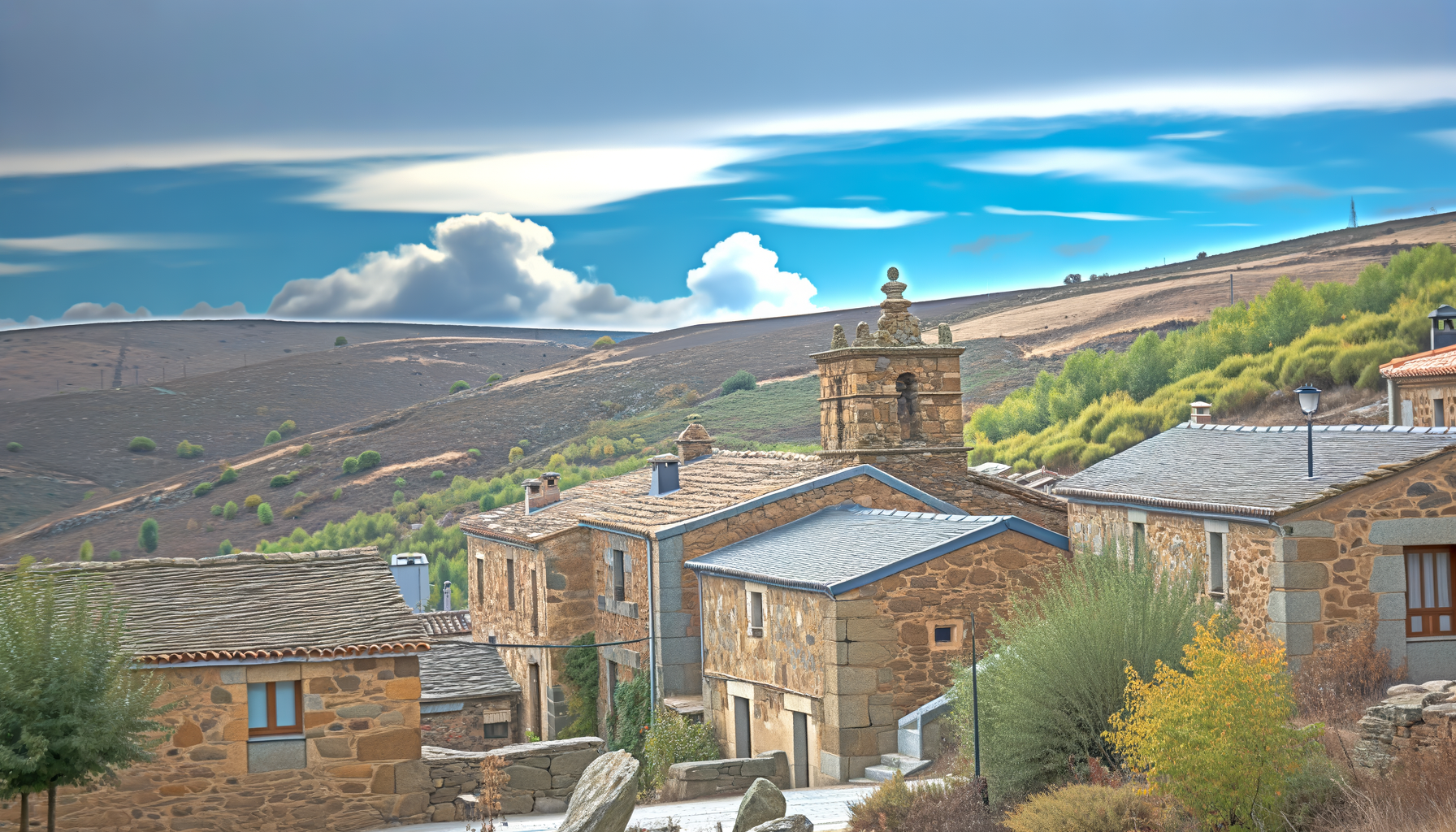Where to see the Iberian wolf in Spain

Introduction to the Iberian Wolf
The Iberian wolf (Canis lupus signatus) is one of the most emblematic species of Spanish fauna. With a population that has managed to survive despite human pressure and habitat reduction, the Iberian wolf has become a symbol of resilience and adaptation. If you're looking for where to see the Iberian wolf in Spain, this blog will guide you through the best places and tips for doing so responsibly. Get ready for a natural adventure!
The Habitat of the Iberian Wolf
Before diving into the places where you can see the Iberian wolf, it's important to understand its habitat. This majestic animal primarily inhabits mountainous regions, forests, and rural areas where it can find prey, such as deer and wild boar. Some of the most notable areas in Spain where the Iberian wolf is found include:
– Sierra de la Culebra (Zamora)
– Ubiñas Natural Park (Asturias)
– Gredos Mountains (Ávila)
– Picos de Europa Natural Park
Sierra de la Culebra: The Refuge of the Iberian Wolf
The Sierra de la Culebra, located in the province of Zamora, is considered one of the best places to see the Iberian wolf in its natural habitat. This protected area is home to one of the densest wolf populations in Spain. Mornings and evenings are ideal times to observe these animals, although patience and silence are required.
Observation Tips
1. Specialized Guides: Signing up for guided tours can increase your chances of spotting wolves, as guides are familiar with these animals' behaviors and tracks.
2. Suitable EquipmentBring binoculars and a good camera. It's also a good idea to wear camouflage clothing to go unnoticed.
3. Respect NatureMaintain a safe distance and never attempt to approach. The well-being of wolves and their habitat must be your priority.
Ubiñas Natural Park: A Paradise for the Wolf
The Ubiñas Natural Park in Asturias offers stunning scenery that serves as a refuge for the Iberian wolf. Here, the lush forests and imposing mountains create the perfect setting for wildlife watching.
Observation Route
– Waterfall Route: A tour that logically takes the traveler to possibilities of seeing wolves and other wild animals.
– Ubiña PeakFrom its peaks, you can contemplate the territory where these majestic animals live.
Gredos Mountains: Wolf Trail
The Sierra de Gredos is another hotspot for Iberian wolf lovers. In this area, wolves have found a favorable ecosystem where they can safely thrive.
Recommended Activities
– HikingThe variety of routes allows you to explore different ecosystems and, hopefully, see wolves in the wild.
– Nature Photography: Take your camera and capture the splendor of the landscape and the wildlife that lives in Gredos.
Picos de Europa Natural Park: Where Wolves Run Free
The Picos de Europa Natural Park is an incredible destination not only for its dreamlike landscapes but also for its diverse wildlife, including the Iberian wolf.
Tips for Sighting
– Night VisitsWolves are most active at night. Consider a night hike.
– Buddy SystemNever go out alone. It's always better to observe in company for greater safety and enjoyment.
Ecotourism and Conservation
Ecotourism is a responsible way to explore the Iberian wolf's natural habitat while contributing to its conservation. When visiting these places, it is essential to select tour operators committed to sustainable development and wildlife conservation.
Importance of Ecotourism
1. Habitat Protection: A portion of what you pay for ecotourism goes directly to habitat and species conservation.
2. Environmental EducationParticipating in guided activities increases awareness of biodiversity and the importance of preserving these ecosystems.
Best Times to See Iberian Wolves
Sightings of Iberian wolves can depend on various factors, such as the time of year and weather conditions.
Autumn and Winter
During fall and winter, wolves may be more visible as their activity increases. Colder temperatures also encourage these animals to move around in search of food.
Spring and Summer
In spring, wolves are often in their breeding season, which can make them difficult to spot, although young wolf cubs begin to leave their parents' homes during this time.
Conclusion
Seeing the Iberian wolf in its natural habitat is a unique experience that every nature lover should enjoy. However, it's essential to do so responsibly and respectfully to ensure the protection of this species and its environment. From the Sierra de la Culebra to the Picos de Europa Natural Park, every corner of Spain offers an opportunity to connect with wildlife and appreciate the majesty of the Iberian wolf. Get your binoculars ready and let the adventure begin!